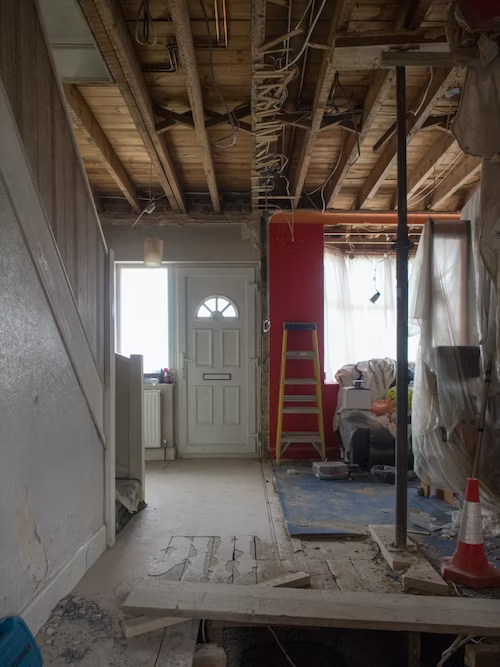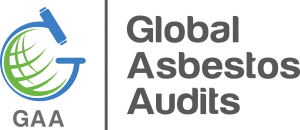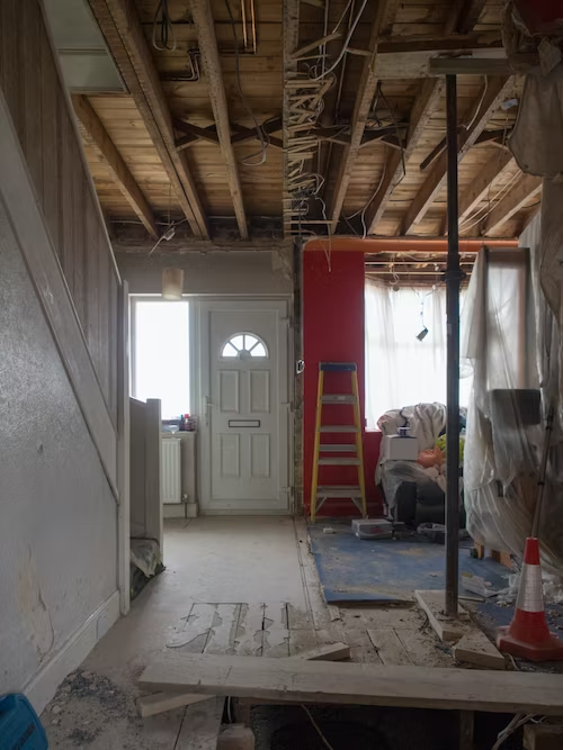
Between the 1940s and 1990s, Australia contributed to the largest asbestos consumption in the world per capita before the mineral was banned entirely in 2003 due to health risks.
If your property was built before the ban, you are at risk of asbestos exposure. Old buildings may still have asbestos-containing materials (ACMS), prompting property owners to hire specialists for regular audits and asbestos register compliance.
If you plan to engage in an asbestos testing service, you might discover three main types of asbestos:
1. Chrysolite
Chrysolite is the most common type of asbestos, appearing as white fibres with curled ends. It is obtained from serpentine rocks.
Due to its inherent flexibility, chrysolite was widely used in residential and industrial settings. The fibres can be easily woven or spun into other fabrics and materials, making them heat resistant and an effective electrical, acoustic, and thermal insulator.
Where is Chrysolite Found?
- Cement products
- Adhesives
- Brake pads
- Shingles
- Gaskets
- Drywall
- Insulation
- Roofing
- Vinyl Tiles
- Fireproofing
2. Amosite
Also known as brown asbestos, amosite was Australia’s second most-used type of asbestos. Amosite is actually not a mineral but a trade name derived from the partial acronym “Asbestos Mines of South Africa”. Amosite is used to describe cummingtonite and grunerite asbestiform minerals.
Unlike chrysolite, amosite is characterised by its sharp, brittle, and needle-like fibres with a brownish-grey hue. Amosite was favoured for its durability, effective insulation, and heat resistance.
Amosite is among the most dangerous forms of asbestos. When the needle-like fibres are inhaled, they are easily lodged deep within the lungs, highlighting the need for a competent asbestos testing service.
Where is Amosite Found?
- Insulations
- Fire Protection
- Cement Sheets
- Gaskets
- Vinyl Tiles
- Roofing Materials
3. Crocidolite
Crocidolite is called blue asbestos due to its distinctive blue colour in natural and processed forms. It was mined throughout Australia and commonly occurred as soft, friable fibres. This type of asbestos is known for its acid and high-temperature resistance.
Crocidolite is categorised under the amphibole class, characterised by straight, needle-like fibres. Because this is easily inhaled, crocidolite is recognised as the most hazardous, causing more deaths than any other type.
Crocidolite was the first asbestos type to be withdrawn, so it was used less than amosite and chrysolite. However, it is still present in many building materials, once again highlighting the need to find a reputable asbestos testing service to help you identify and remediate any ACMs.
Where is Crocidolite Found?
- Acid storage battery casings
- Cement sheets
- Ceiling tiles
- Fireproofing
- Insulation
Worried About Asbestos in Your Property?
We understand how distressing it can be when asbestos-containing materials are in your building, so we are here to help.For professional asbestos testing services, please contact our team at Global Asbestos Audits. With 60 years of combined experience in the field, we can provide detailed asbestos testing, registers and efficient management solutions to ensure safety and legal compliance.

